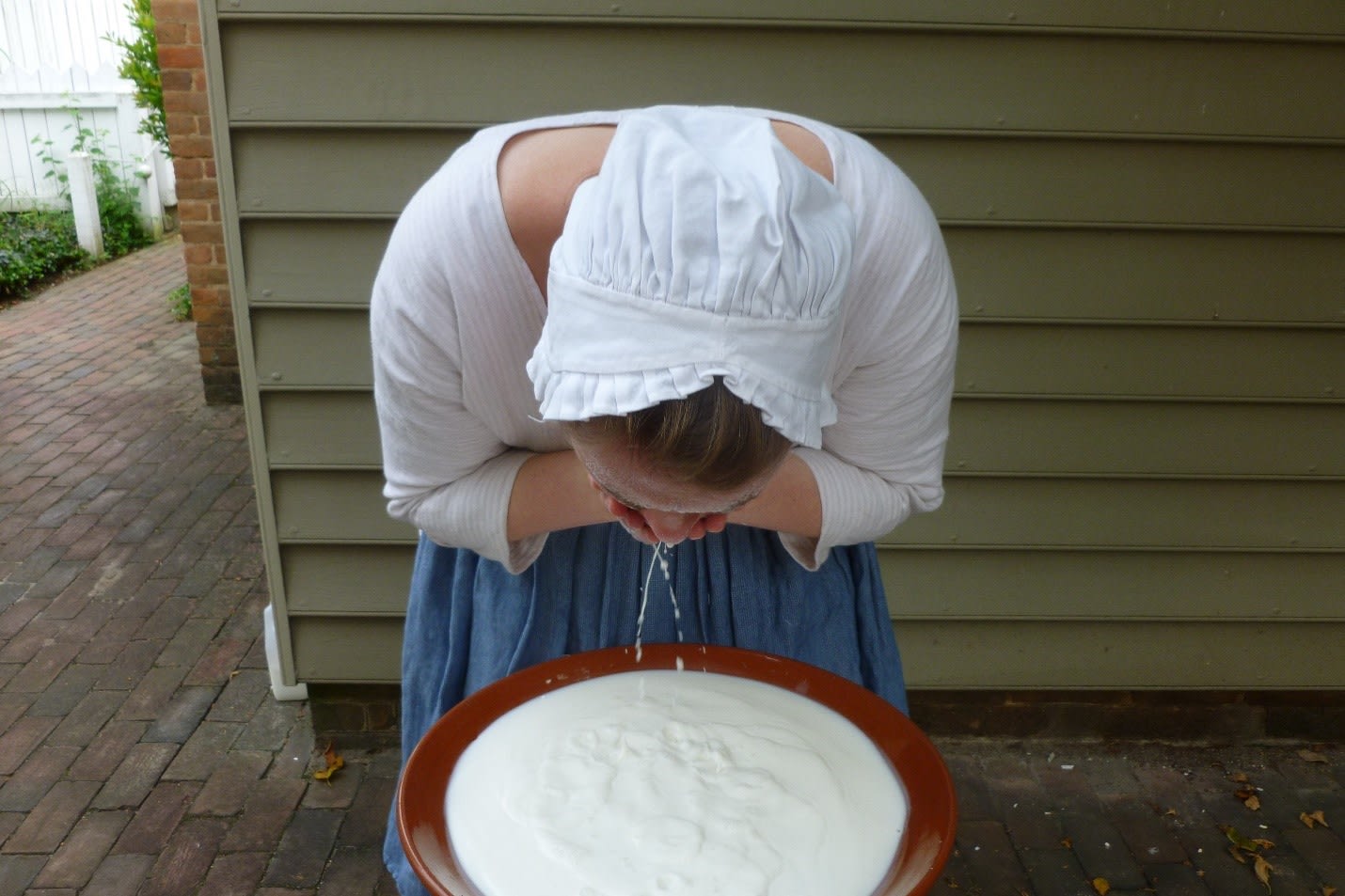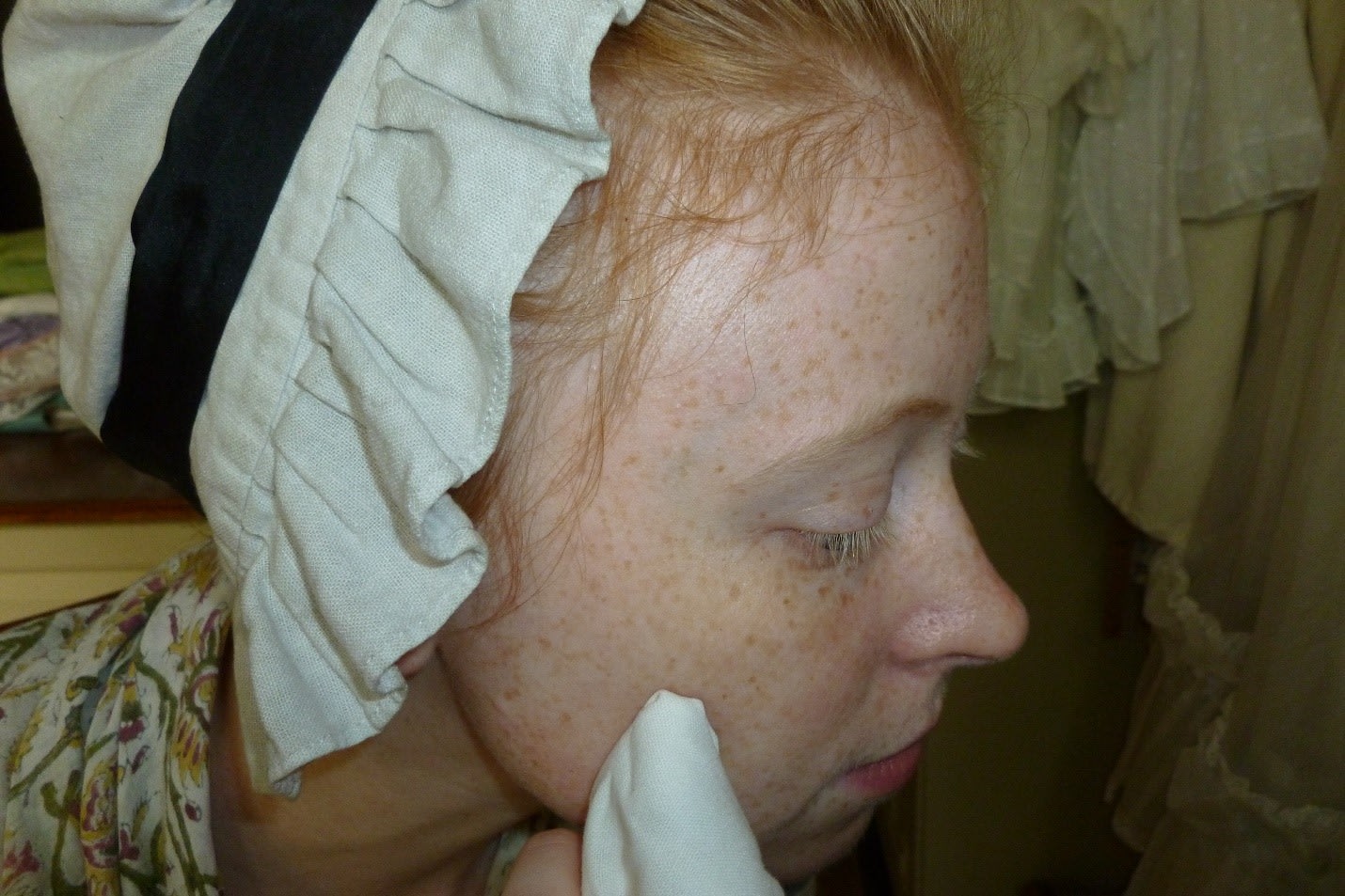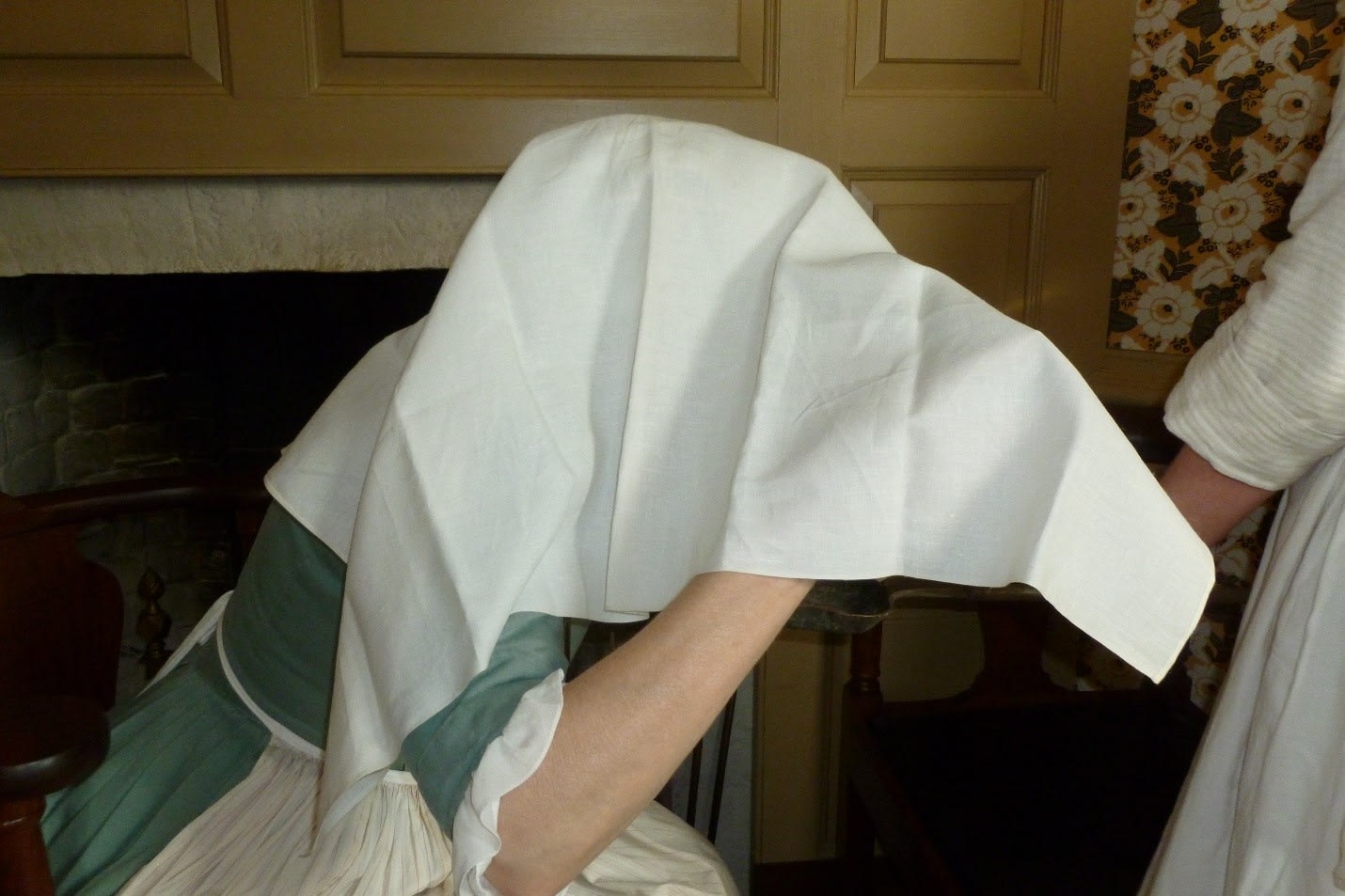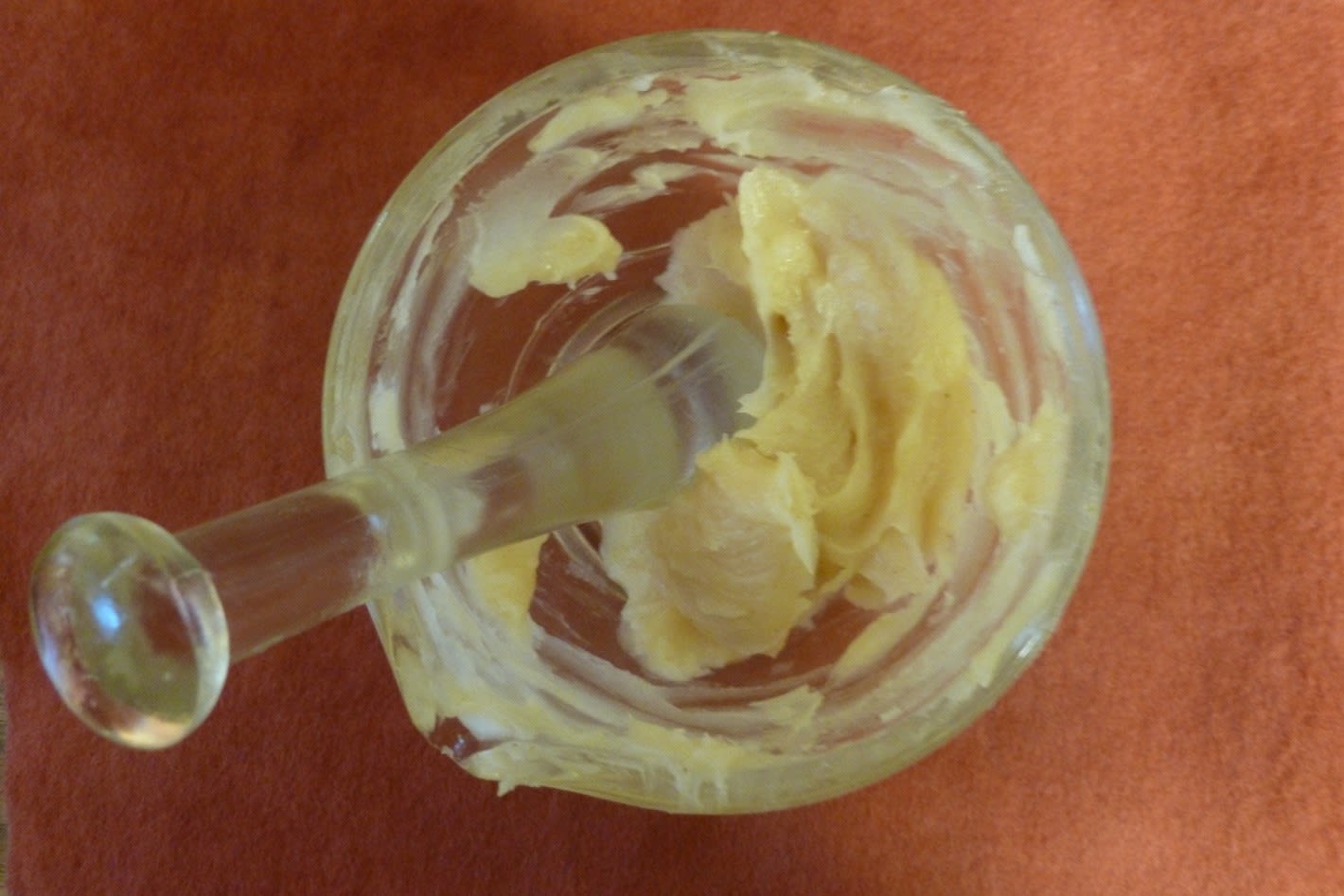A look at 18th-century skin care recommendations with the Pasteur & Galt Apothecary
On the title page of The Toilet of Flora (1772), we discover the purpose of cosmetics is to “smooth and brighten the Skin, give Force to Beauty, and take off the Appearance of Old Age and Decay.” In the 18th-century cosmetic receipts (recipes) found in beauty and toiletry books, housewifery and cook books, and books written to enhance lady’s skills.
“We are born for each other; and therefore it is a duty we owe to society, as well as ourselves, to endeavour to be mutually agreeable; and to prevent or correct every thing shocking and disgustful.”
The Art of Preserving Beauty (1789)
The first thing that makes an impression upon the eye is the quality of the skin, and as one author put it, “Neatness and Cleanliness are the greatest promoters of Beauty and Health, and highly preferable to all the practices of Art.” There were a number of receipts to cleanse, smooth, and make the skin fair. Washing the face with simple soap and water, oatmeal steeped water, and milk were all recommended.

A wholesome complexion was sought after, so blemishes, including pimples, warts, and freckles, needed to be remedied. Pimples were treated with astringents like alum and lemon juice. Even though warts commonly appear on the hands, they were still unsightly and needed to be removed. Warts were taken off through the application of sharp and acrid substances. “The leaves of marigolds, the juice of figwort and savine, the juice of green figs, salt beat in the juice of horse-radish, common salt dissolved in vinegar and snails, are all efficacious remedies for warts.” Freckles, however, were impossible to remove because they are seated in the cutis or true skin, but that didn’t stop people from trying.

The most repeated cosmetic recipe was one to remove wrinkles:
“Put some of the powder of myrrh upon a fire-shovel, and when it melts, expose your face to the smoke, which you may receive by covering your head with a napkin. Let this process be repeated twice or thrice every morning and evening for some time.”
The author of Letters to the Ladies, on the Preservation of Health and Beauty commented that wrinkles “are a natural concomitant of age but may be produced by habit or gravity even in the youthful period of life.” Suggestions for removing premature wrinkles included applying slices of veal to the face at night and washing with distilled water of green pineapples.

Finally, moisturizing the skin was seen as a great preservative, and some of the materials used are surprisingly modern. Pomatums and cold creams made from almond oil or egg yolks were recommended to relieve dry skin, and from The Toilet of Flora we get this tidbit: “A great quantity of a substance resembling Butter is extracted from the Cocoa Tree, which is excellent to mollify and nourish the skin, and has long been used for this purpose amongst the Spanish Creolin women.”

According to 18th-century sensibilities, “a moderate desire to improve and beautify the surface of the body, is far from being a frivolous pursuit.” However, it is not just our sense of sight but our sense of smell that ought to be satisfied in the enjoyment of those things we consider beautiful. With that in mind, I would like to share one last 18th-century recipe: “For Stench under the Arm-Holes, First pluck away the Hairs of the Arm-holes, and wash them with White-Wine and Rose-Water wherein you have first boiled Cassia Lignum [Chinese cinnamon], and use it 3 or 4 times.”
Sharon Cotner is a senior member of the staff at the Pasteur & Galt Apothecary and has been with the Colonial Williamsburg Foundation for 37 years. She has done research on many subjects relating to women’s health including cosmetics, changes of life, and breast cancer.
Sources
M. Buchoz. The Toilet of Flora. (London: W. Nicoll, 1772) title page
The Art of Preserving Beauty. (London: T. Axtell, 1789) p. 3
The Family Magazine: in Two Parts, 3rd ed. (London: J. Osborn, 1747) p. 117
Letters to the Ladies, on the Preservation of Health and Beauty. (London: Robinson and Roberts, 1770) p. 24
A. F. M. Willich. Lectures on Diet and Regimen: being a Systematic Inquiry into the most Rational Means of Preserving Health and Prolonging Life, 2nd ed. (London: T. N. Longman and O. Rees, 1799) p. 70
T. P. The Accomplish’d Lady’s Delight, in Preserving, Physick, Beautifying, Cookery, and Gardening, 11th ed. (London: John Willis and Joseph Boddington, 1720?) p. 52
